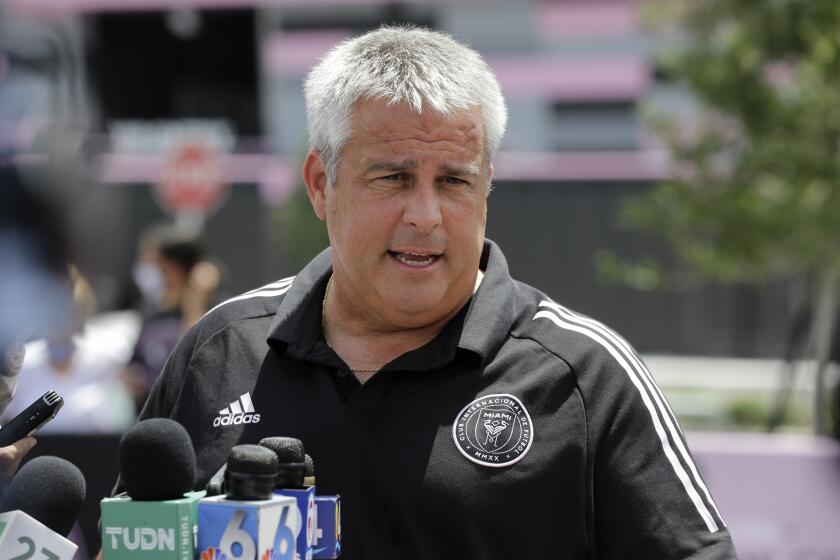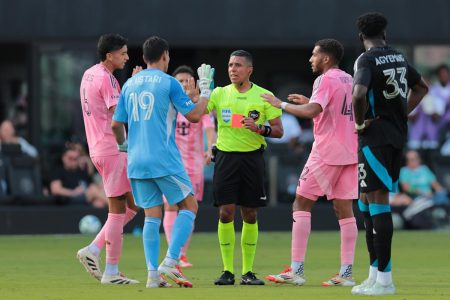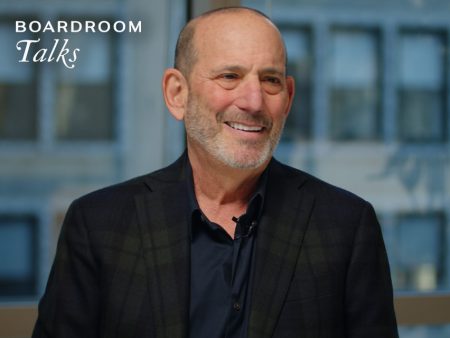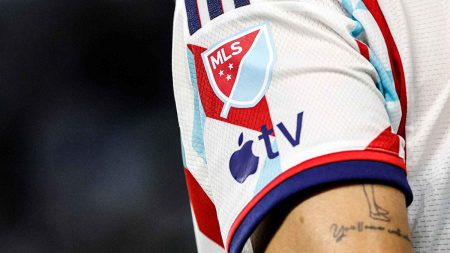The Vision for a Second Division 1 Soccer League
Paul McDonough, the former Inter Miami chief operating officer and sporting director, is now steering the United Soccer League (USL) with a bold new vision. As the president and chief soccer officer of the USL, he is spearheading plans to establish a second Division 1 league in the United States, which he hopes will debut as early as 2027. The idea, which has been in the works and discussed with current and potential team owners, is to create a league that meets the demands of those who want a bigger stage for their teams and communities. McDonough believes that while the USL Championship is already a success, there is a strong desire from some stakeholders to elevate the league to the highest tier of American soccer.
The Challenges of Expansion
Despite the ambitious plan, the USL faces significant hurdles in making this vision a reality. Steven A. Bank, a professor of business law at UCLA and an expert on soccer finances, points out that the financial landscape for professional sports in the U.S. is already crowded. The national media market is saturated, and ticket sales remain a crucial revenue source. U.S. Soccer rules mandate that a Division 1 league must have at least 12 teams spread across three time zones, with nine of those teams based in metropolitan areas of 1 million people or more. All stadiums must accommodate at least 15,000 spectators, a requirement that only four USL teams currently meet. This means that significant investments in infrastructure and new markets will be necessary to bring the proposed league to fruition.
The Role of Capital and Investment
Investment manager and CEO of New Mexico United, Peter Trevisani, acknowledges the need for substantial capital to achieve this goal. While individual teams have bootstrapped the USL Championship to its current prominence, Trevisani believes that institutional-level investment is essential for the league to grow and meet the criteria for Division 1 status. He is optimistic, however, that by 2027 or 2028, the necessary infrastructure can be in place. José Bautista, the six-time major league all-star and owner of the Las Vegas Lights, shares a similar sentiment. Bautista is willing to invest heavily in his team to bring the highest level of soccer to Las Vegas, despite the financial risks involved. "I’m not necessarily looking at this from a purely economical or an investment perspective," Bautista said. "I want to bring the best soccer possible to our community."
Mixed Reactions from Franchise Owners
While Trevisani and Bautista are enthusiastic about the proposed league, the response from other franchise owners has been lukewarm. The Los Angeles Times contacted several teams in the USL Championship’s Western Conference, but none agreed to speak on the record about the proposal, citing fears of retribution. Many owners first learned about the plan just hours before USL CEO Alec Papadakis made his announcement, leaving them with many unanswered questions. Concerns include the league’s ability to attract top-tier players and the overall financial viability of the venture. One executive, who remained anonymous, expressed skepticism about the league’s true Division 1 status. "You can call it Division 1. But is it really Division 1? No, it’s not. It’s very much not. It’s not going to have the same level of players," the executive said.
Lessons from Past Start-Up Leagues
The history of start-up leagues in the U.S. is a cautionary tale. The American Basketball Association (ABA) lasted less than a decade before four of its teams were absorbed into the NBA, and the rest of the league folded. Similarly, the World Hockey Association (WHA) had a brief lifespan before merging with the NHL. Rivals to the NFL, such as the WFL, XFL, and USFL, also struggled to sustain operations. These precedents highlight the difficulty of establishing a new professional league in a market dominated by established entities. Trevisani, for his part, remains open to the possibility of eventual collaboration with MLS, stating, "Does that mean that we converge with the MLS one day? I don’t know. That’s not really happening now. That’s probably not happening in the next couple of years."
MLS’s Response and the Future of American Soccer
MLS Commissioner Don Garber has dismissed the notion that a new Division 1 USL league would pose a significant threat to MLS. "I have no fears whatsoever that all the contributions that anybody makes ultimately will be good for the sport," Garber said. "I think that the country will support it in places where it makes sense. And I’d be happy for the USL if they were able to achieve that." The relationship between MLS and USL has evolved over the years, from a player development partnership to a more competitive stance with the launch of MLS Next Pro as a Division III league in 2022. The USL’s proposed league would not only challenge the existing soccer ecosystem but also seek to capitalize on the growing popularity of the sport, particularly in the wake of the 2026 World Cup.
Conclusion: A Bold Move with Uncertain Outcomes
The proposal for a second Division 1 soccer league in the U.S. is a bold and ambitious move that reflects the growing interest in soccer across the country. However, the challenges are substantial, from financial viability to player recruitment and infrastructure development. While some owners are committed and excited, others remain skeptical and cautious. The success of this venture will depend on the USL’s ability to attract institutional investment, build the necessary facilities, and secure top-tier talent. As the 2026 World Cup approaches, the stakes are high, and the outcome of this endeavor will have far-reaching implications for the future of professional soccer in America.











